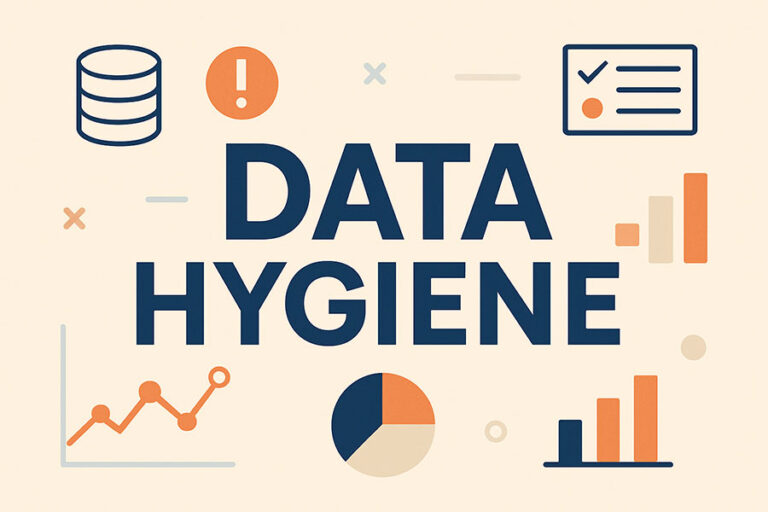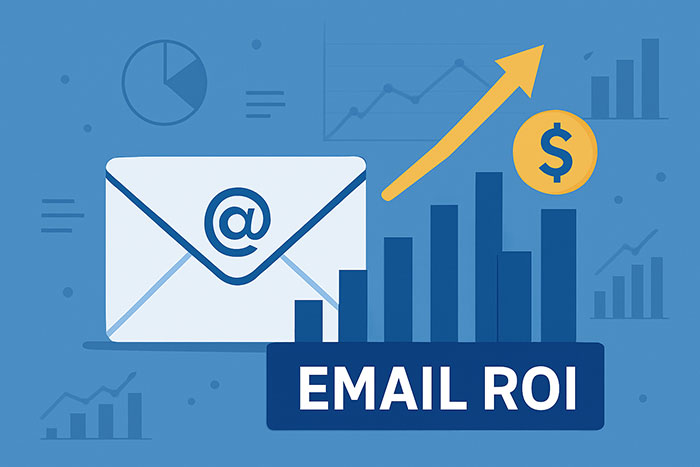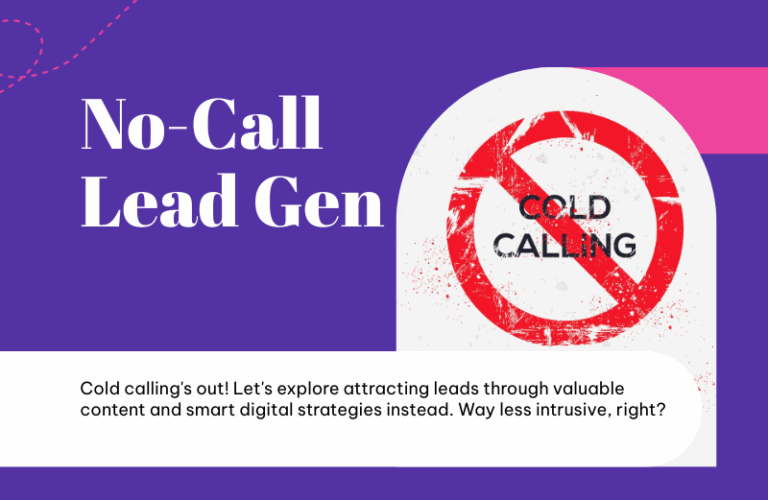Getting to know your customers is critical to meeting their needs, but you rarely have the luxury of a sit-down chat with them. Customer personas help you anticipate what your buyers want and predict what future customers might expect of you. Personas are fictional, but the people they represent are real – and the closer your fiction is to reality, the more accurately you can serve your clientele and find promising leads.
Constructing buyer personas with marketing automation tools is straightforward, but businesses can make mistakes when they create images of their customers. Here’s how to get it right and develop fictional buyers who accurately mirror your real ones.
Use the Data
Some companies aim their sights not at the customers they have but at the buyers they believe they should have. Instead of using analytics to interpret the mass of data they’ve collected about their customers, they make personas based on where they believe their audience is. This is a mistake because buyer personas are descriptive, not prescriptive; your goal is to portray your audience accurately, not tell them who they should be. Don’t stray too far from the information you already have about your customers when constructing a persona. Marketing automation software gives you a wealth of information, so use it to build the most accurate image you can.
Make It Complete. . .
Demographic and firmographic data are important but only tell a partial story. With marketing automation, you can add the vital behavioral dimension to your customer personas.
It’s only when you see customers in action that you get a real feel for who they are and how they interact with your brand. Say a company’s typical customer is male, in IT and between 34 and 45. He’s been in the industry an average of 12 years, and he tends to change companies every four years. These data points tell you enough to create a static persona, but it lacks the dynamic element of behavioral data. With it, you can round out a buyer persona by noting this customer primarily uses mobile devices, works odd hours and actively seeks additional information before making buying decisions. Let interactive data help you complete your customer personas, and you more accurately reflect your buyers.
. . .But Not Too Detailed
It’s possible to go too far in the other direction and get bogged down with details when building customer personas. The point of a buyer persona is to give you a miniature version of your customers that you can then use to model behaviors. If you weigh that model image down with too much information, it’s no longer as easy to handle. Too much complexity can lead you down paths that aren’t productive or introduce details that aren’t relevant to your goals. The objective here isn’t just to mirror your buyers but to use that image as a model for finding more customers; too much detail could lead you to exclude otherwise promising leads.
Get Different Perspectives
A good buyer persona is a snapshot; a great one is a sculpture. The best customer personas are valuable from multiple perspectives rather than one angle. Working with sales and customer service opens windows on buying history, technical support needs, customer concerns and objections, and frequency and recency of orders. Marketing automation fuses marketing and sales into a seamlessly integrated whole, making it possible to build personas with other perspectives in place.
Customer personas let you understand your current buyers better and point the way to new leads – but only if you use them wisely.
© Reach Marketing LLC 2015 All Rights Reserved.




